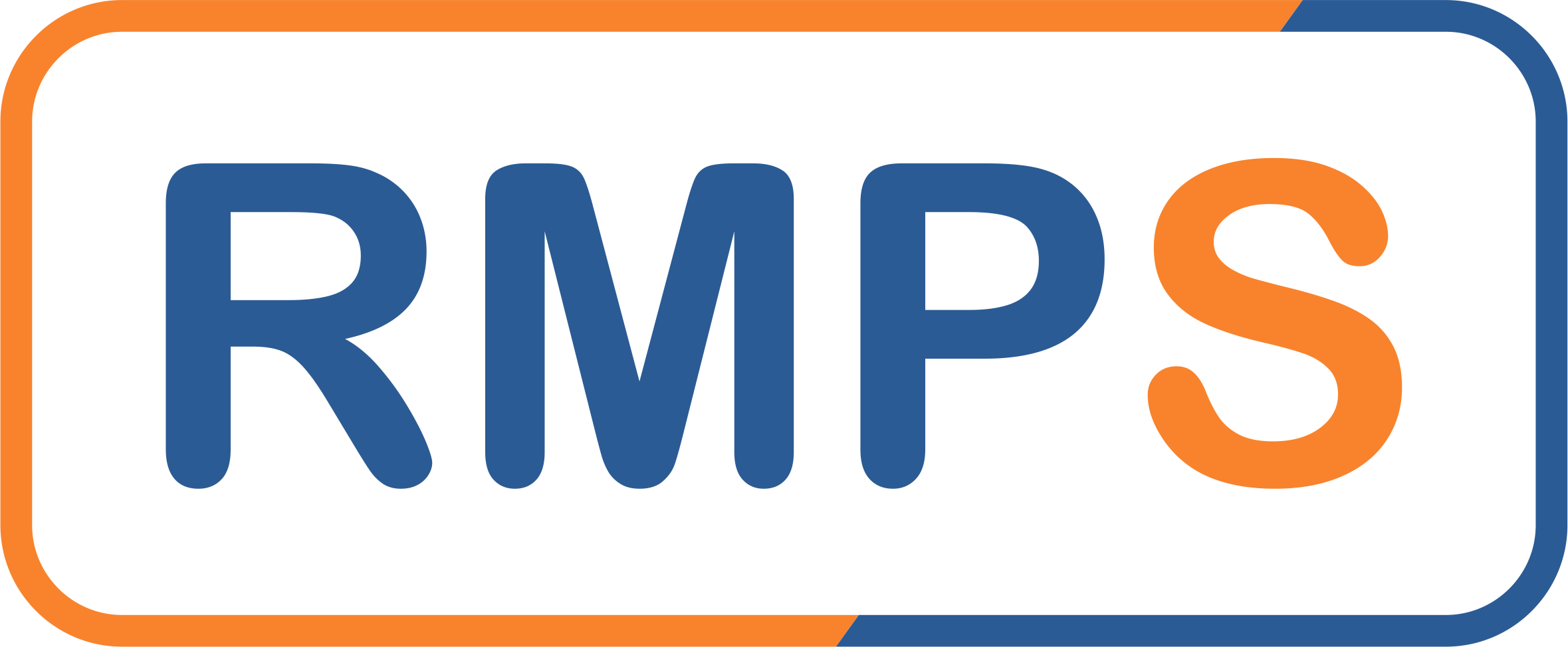Cash flow tracking is essential for businesses because it allows them to monitor not only the accounts receivable but also the available capital they have on hand when it is needed. Even if a business appears to be profitable based on a financial report, failure to have adequate available cash will always hinder its day-to-day business operations. This is cash flow also affects business tracking and decision making. Therefore, it is very crucial to track and manage cash inflow & outflow.
Understanding Cash Flow
Cash flow is the money that comes into the business and the money that goes out of the business. Generally, It can be classified into the following three categories:
• Operational cash flow – Income from sales and expenses incurred on purchasing supplies, renting facilities, and paying staff wages are included here.
• Investment Cash flow– This involves cash inflows or outflows whenever you sell or procure equipment, property, or shares within another company.
• Financing cash flow – These are cash from loans and from issuing shares or paying dividends.
By monitoring these, you would know if you are on the right track or if your business could be in danger of being financially unhealthy.
How to Stay on Top of Your Cash Flow
1. Check Your Cash Every Day
Keeping tabs on your daily cash flow is crucial to avoid any unexpected shortages. Whether you use a simple spreadsheet or a finance app, tracking how much cash flows in and out will empower you to make smarter financial decisions.
2.Plan for Future Cash Needs
By analyzing past trends, you can anticipate slow months and prepare for significant expenses before they arrive. This way, instead of scrambling for cash at the last minute, you’ll be ready for whatever comes your way.
3. Don’t Confuse Profit with Cash
Just because your business shows a profit on paper doesn’t mean you’re in the clear. If customers are slow to pay or you’re spending a lot upfront, cash issues can still arise. Regularly checking your actual cash balance will help you catch potential problems early.
4. Use Simple Cash Ratios
Quick calculations to check financial health:
| Ratio | Question | Formula | Interpretation |
|---|---|---|---|
| Liquidity | Can you cover short-term expenses? | Operating Cash Flow/ Current Liability | Higher = Better short-term financial health |
| Cash Conversion | Are sales turning into cash? | Operating Cash Flow/ Total Revenue | Higher = More efficient cash generation |
| Free Cash Flow | Extra cash after essentials? | Operating Cash Flow- Capital Expenditures | Positive = Financial flexibility & growth |
This table provides a concise and clear snapshot of key ratios.
5. Make Sure You Get Paid on Time
If customers take too long to settle their bills, your cash flow will take a hit. Establish clear payment terms, send reminders, and consider offering small discounts for early payments to keep the cash flowing.
6. Cut Unnecessary Expenses
Take a good look at where your money is going. Are you spending on things you don’t really need? Are there better deals available from suppliers? Cutting back on excess costs can make a significant difference.
7. Keep Some Emergency Cash
Unexpected expenses can pop up at any time. Whether it’s a sudden repair, a slow sales period, or an economic downturn, having a few months’ worth of expenses saved can help you weather the storm.
8. Think Before Making Big Financial Moves
Planning to expand, hire more staff, or invest in new equipment? Before diving in, consider how these decisions will affect your cash . A great opportunity can quickly turn into a burden if you’re not prepared.
Managing cash flow is more than just crunching numbers. It ensures smooth business operations and avoids unnecessary stress. Monitor finances daily, plan ahead, cut excess costs, and make smart decisions. Success isn’t just about revenue—it’s about having cash when needed.
LinkedIn Link : RMPS Profile
This article is only a knowledge-sharing initiative and is based on the Relevant Provisions as applicable and as per the information existing at the time of the preparation. In no event, RMPS & Co. or the Author or any other persons be liable for any direct and indirect result from this Article or any inadvertent omission of the provisions, update, etc if any.
Published on: March 26, 2025
